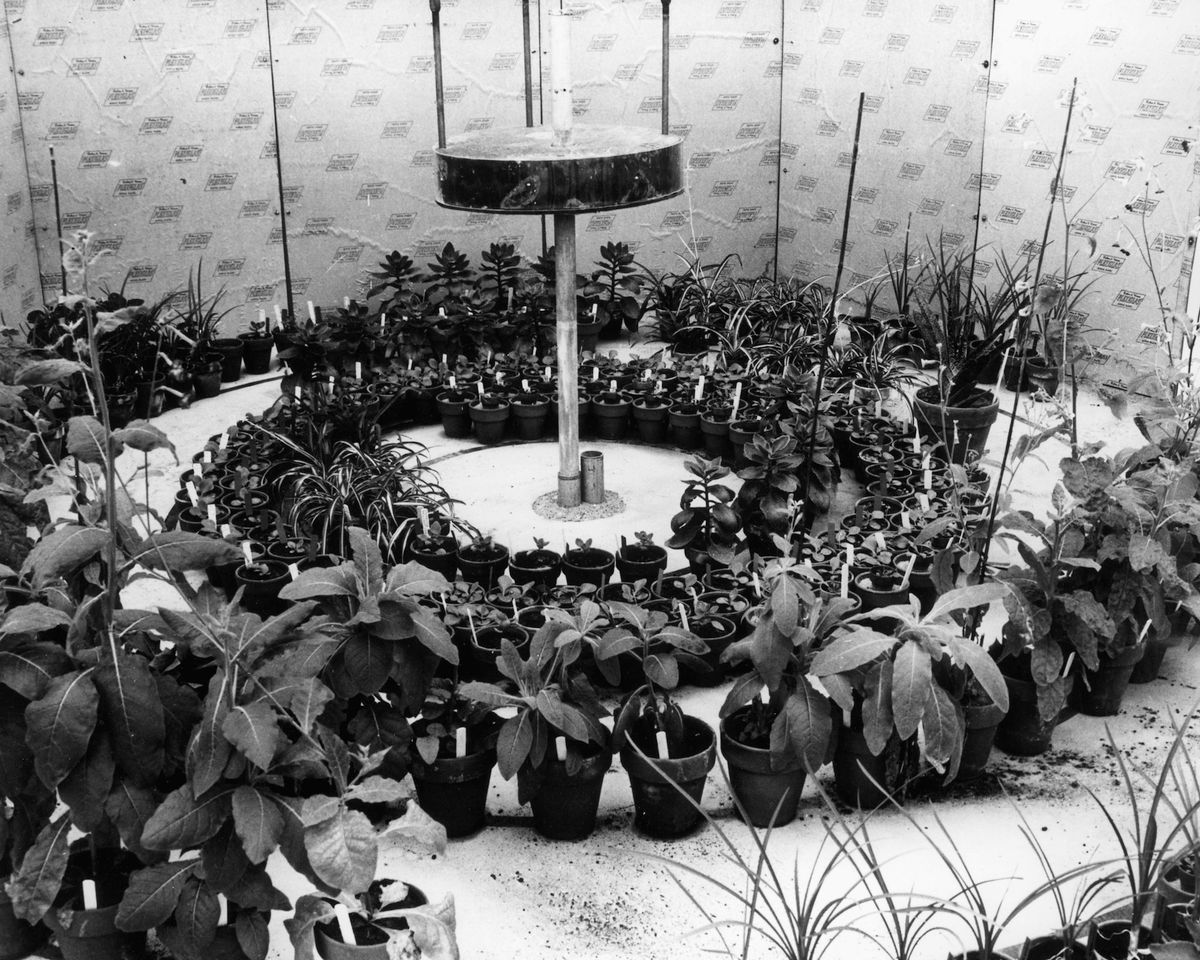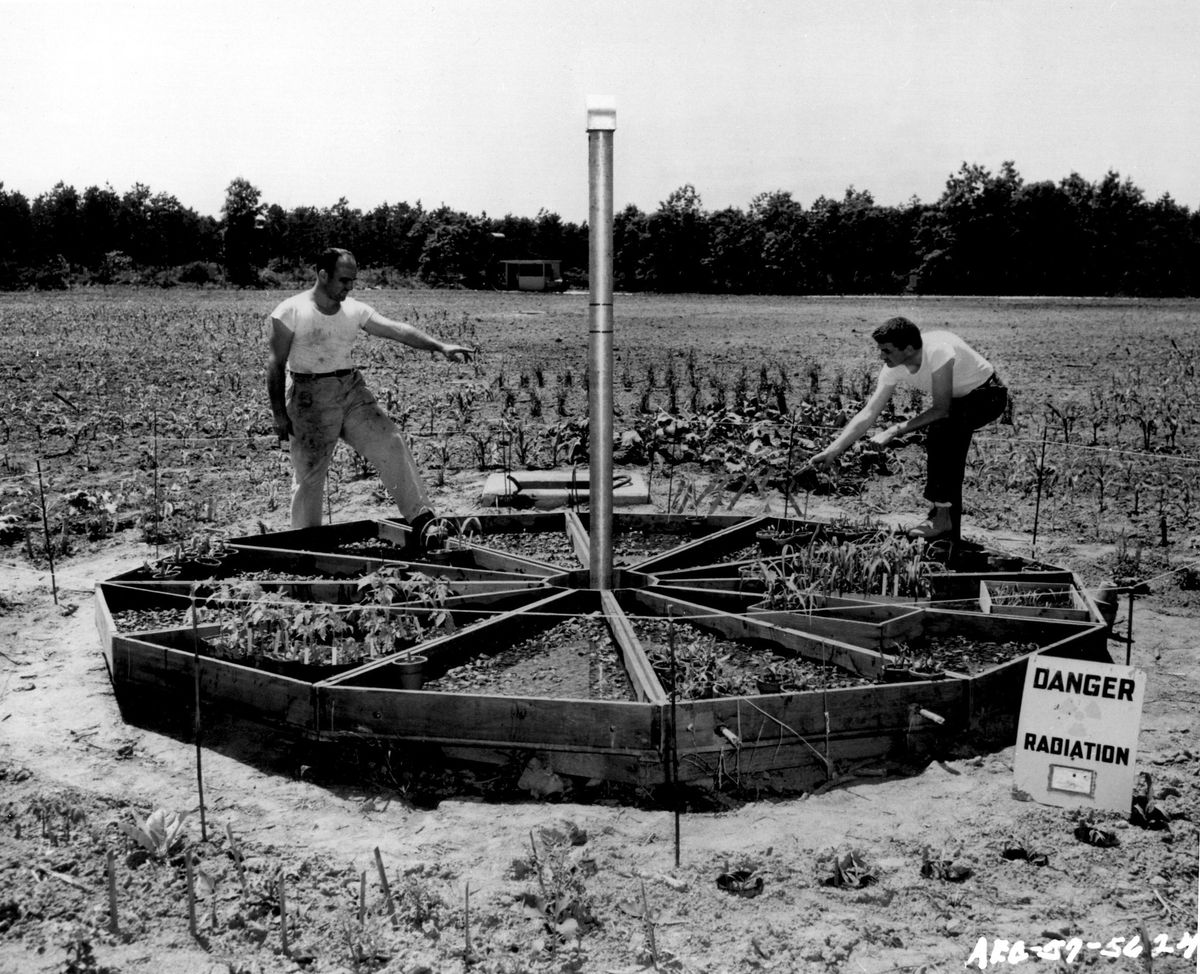About
When you read the words "gamma radiation" or "irradiated ecosystem" your first thoughts might turn towards the Incredible Hulk or Godzilla, two of the most infamous radioactive monsters of pop culture. Science fiction and horror stories and movies featuring atomic-powered beasts flourished in the imagination following the end of World War II, but the real story of how we began to understand the effects of radiation on ecological systems may have started in the Pine Barrens of Long Island in the 1960s.
The Atomic Age kicked off with the tragic destruction of Nagasaki and Hiroshima, when the terrifying power of nuclear fission was displayed for all to see. But in the first few decades following those terrors, scientists and engineers worked to turn efforts towards more purposeful and potentially peaceful uses for atomic energy, furthering the study of nuclear science and particle physics.
New York has always been an epicenter of nuclear research, with the Manhattan Project earning its name from its origins in New York City at Columbia University and the establishment of the first nuclear reactor at Camp Upton in 1947. Thus began the storied history of Brookhaven National Labs on Long Island: the newly established U.S. Atomic Energy Commission poured tens of millions of dollars annually into the construction of new facilities and instrumentation at BNL, ultimately transforming the site into a world-class research center.
Numerous experiments in all areas of science were designed and performed, all with the hopes of making fundamental discoveries in biology, physics, and materials or finding new applications for medicine or energy. In the late 1940s, there was still very little understanding of the full effects of "hard" or ionizing radiation, especially in controlled conditions and at lower doses than those released by a kiloton fission bomb. And when Sputnik launched the Space Race in 1957, the goals of launching crewed missions into orbit and to the moon further prioritized a greater understanding of the biological effects of radiation.
The Gamma Forest experiment was conceived around 1961 by Dr. George Woodwell with the express intent of studying long term effects of ionizing radiation on an ecosystem. An area of oak-pine wood was selected East of Upton, and a tower was constructed that could raise and lower a canister from underground that contained radioactive source material, allowing for controlled dosage levels that emanated in a radius from the tower. The canister contained Cesium-137, which would emit ionizing gamma radiation without making the surrounding area radioactive itself. The experiment was planned to take place over a number of years, but even in the very first year it was discovered that sensitivity to radiation damage was greater than anticipated, though still in a predictable range. The study proved the value of those predictive methods and ultimately opened up new avenues of research in radiobiology.
Woodwell would go on to become a prominent ecologist, being among the first scientists warning about the dangers of the pesticide DDT spreading through the food chain and damaging entire ecosystems; founding the Environmental Defense Fund; and pioneering research on climate change in ecosystems all across the globe. The Woodwell Climate Research Center (formerly Woods Hole Research Center) continues that work today.
The effects of the experiments with radiation can still be seen many decades later, but the area is not accessible to the public. The remnants of the Gamma Forest experiment are on BNL property, which is closed to the general public except for occasional guided tours. The ring of affected vegetation is visible from the air.
Related Tags
Know Before You Go
The Brookhaven Gamma Forest is located within the secure facility of Brookhaven National Labs and is not available as a visiting site on any public tours.
Published
June 13, 2024
Sources
- https://benjaminblonder.org/2012/02/26/irradiating-the-forest/
- https://www.bnl.gov/bnlweb/pubaf/bulletin/files/1962/19620116.pdf
- https://www.google.com/maps/@40.883151,-72.8580837,159m/data=!3m1!1e3?entry=ttu
- https://scholar.google.com/scholar?hl=en&as_sdt=0%2C33&q=george+woodwell+brookhaven&btnG=
- https://www.woodwellclimate.org/staff/george-woodwell/
- https://en.wikipedia.org/wiki/George_M._Woodwell
- https://www.sciencedirect.com/science/article/abs/pii/S0033756063800332
- https://www.youtube.com/watch?v=GsuiLxcDuHY




























